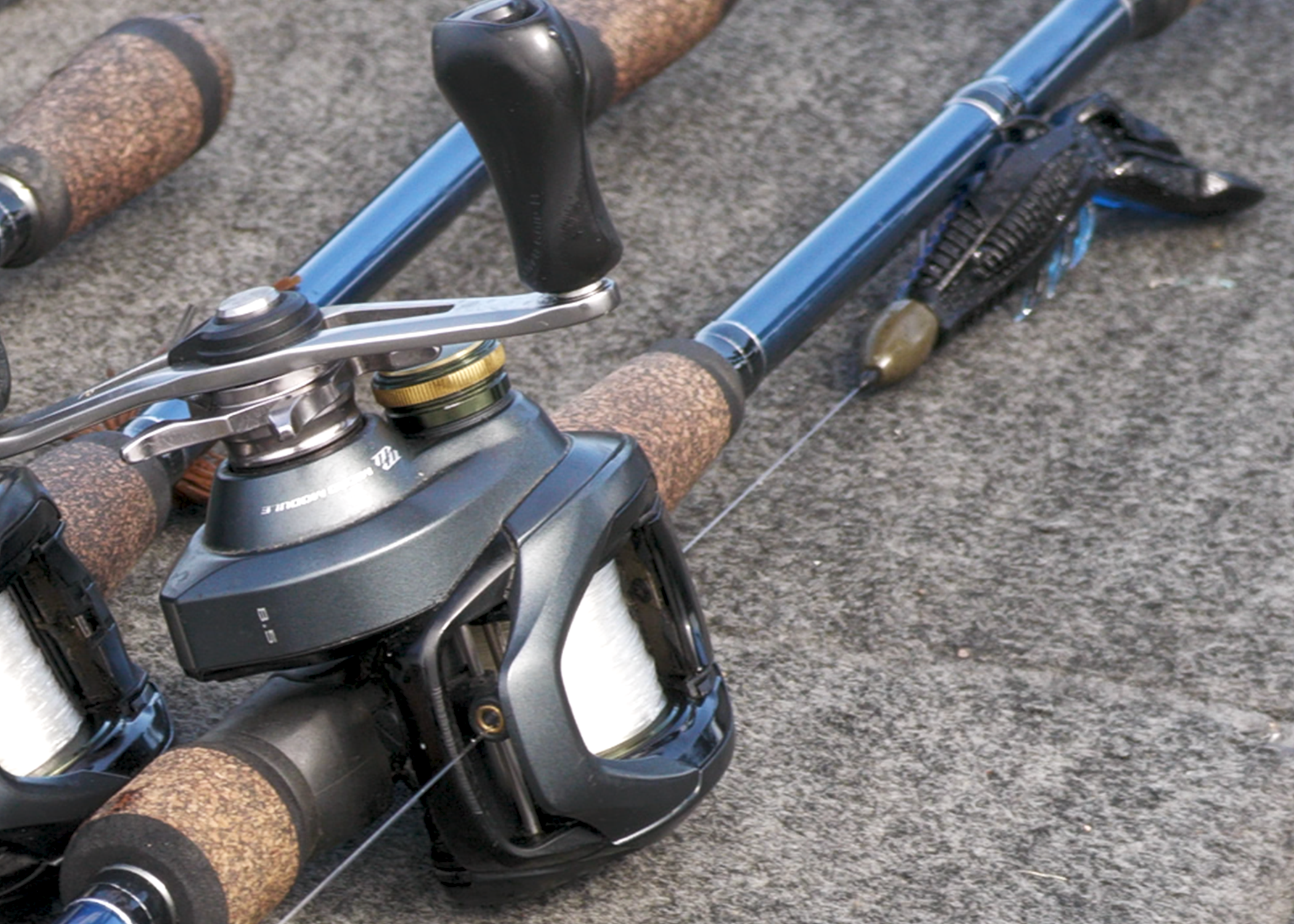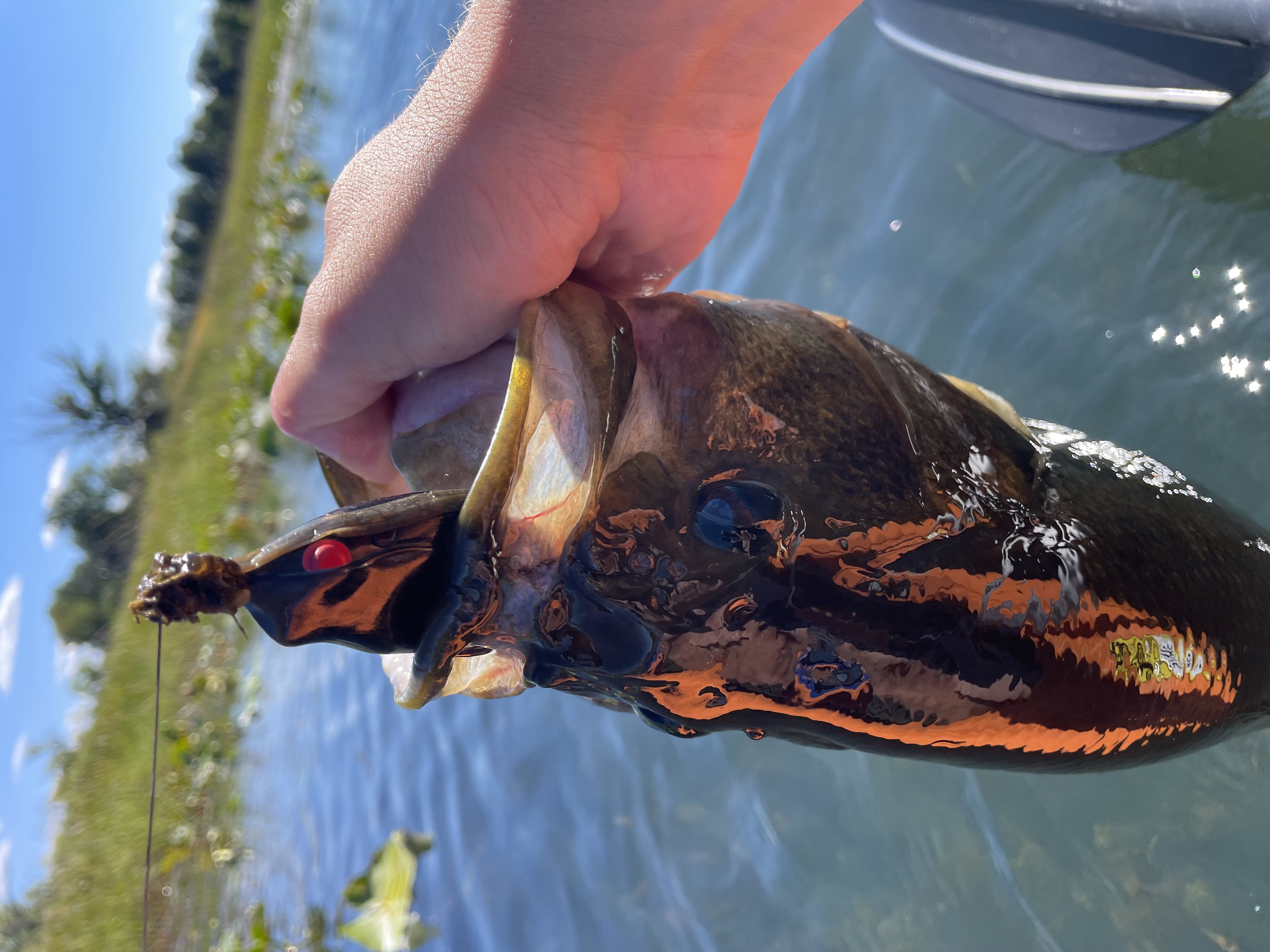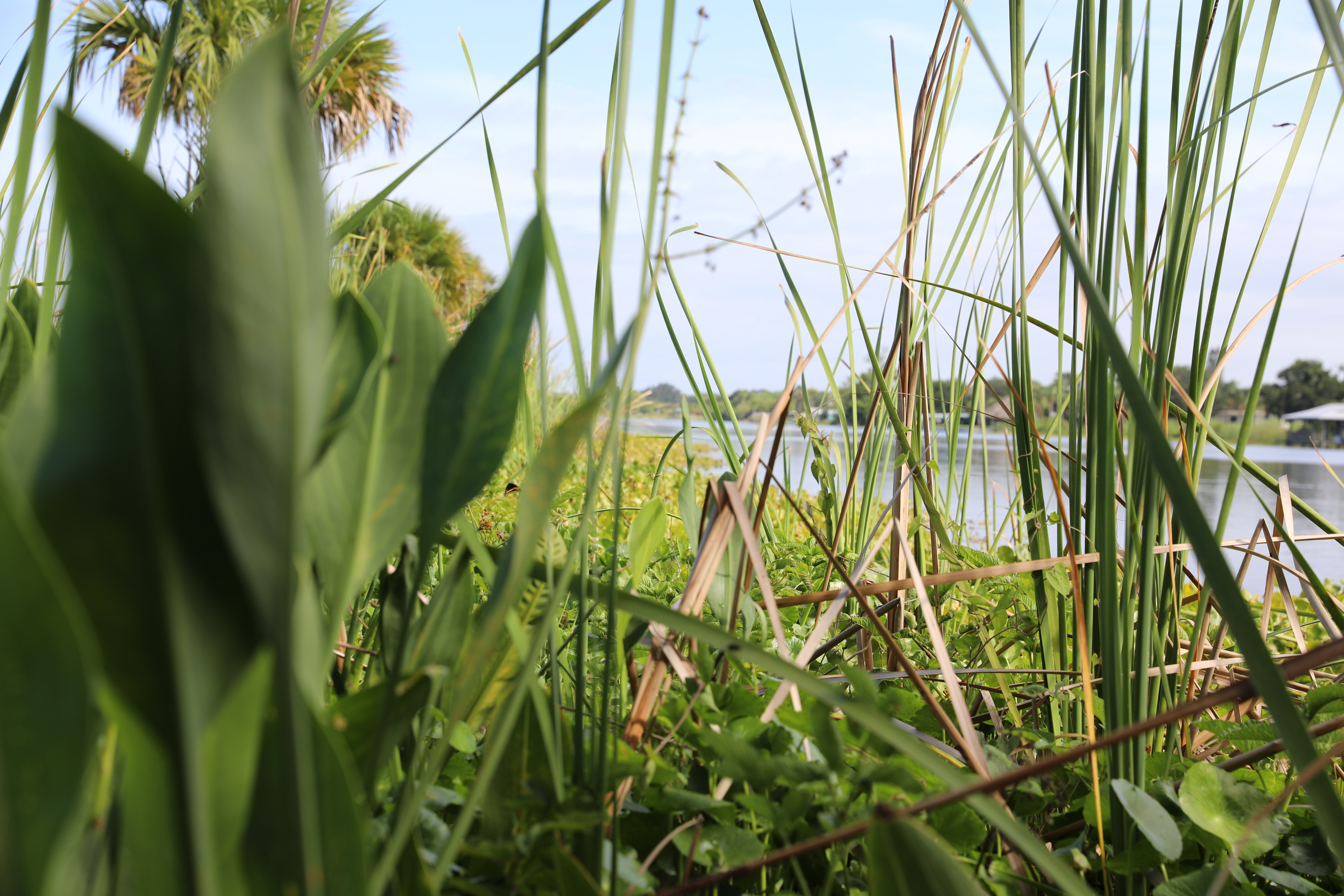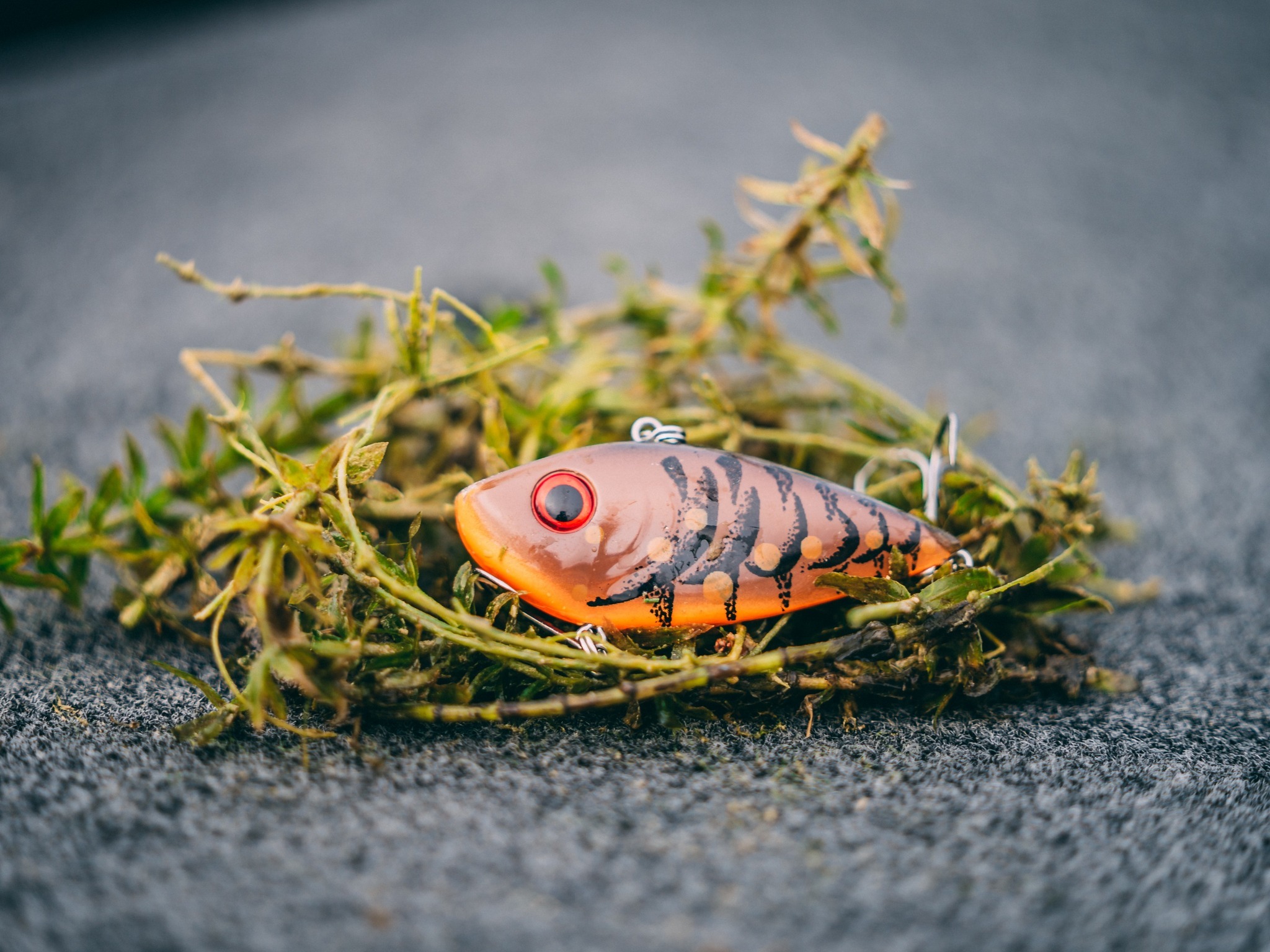Lake Okeechobee Bass Fishing: Pro Tips, Hotspots & Seasonal Guide
Table of Contents
Understanding the Big O
Seasonal Patterns and How To Fish Them
Winter (December – February): Trophy Time

Spring (March – May): Post-Spawn Feed

Summer (June – August): Heat and Thick Mats

Fall (September – November): Bait Runs and Schooling Fish

Key Areas and How to Fish Them
Proven Techniques for Okeechobee Bass
Practical Advice from Years on the Water
Regulations & Access
Final Word
Shop Bass Tackle and Gear

